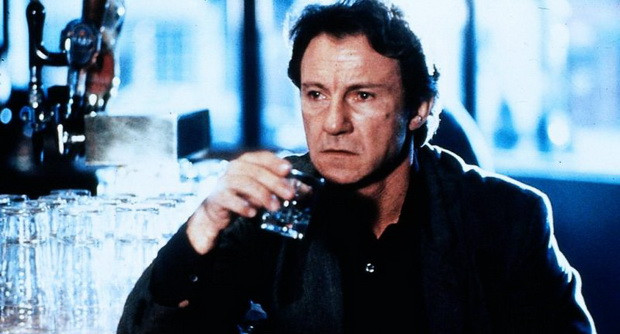
Across a variety of genres, styles, and countries, Abel Ferrara has been a consistently stimulating director who, despite a deserved auteur status, has allowed himself to evolve, mature, and experiment over a filmmaking career that spans over 35 years.
After all this time, certain characteristics continue to pop up in his films – sparklingly alive yet hot-headed dialogue, emotionally wrought male performances that delve into utter degradation, equally heightened and shrill female performances, and a keen awareness of the city and its culture in which he’s filming.
In his rather immense filmography, he’s produced a few amiable duds, but they are dwarfed by the best work he’s created, and the exciting thing is there’s no clear timeline for when he was great – his best work is spread out all over his career.
Excluding his semi-documentary film “Napoli, Napoli, Napoli” (2009) and his semi-pornographic debut “Nine Lives of a Wet Pussy” (1976), here are the best of Ferrara’s films ranked from worst to best, covering one of the more interesting, exciting, and even perplexing careers of any American independent filmmaker who ever lived.
15. Ms .45 (1981)
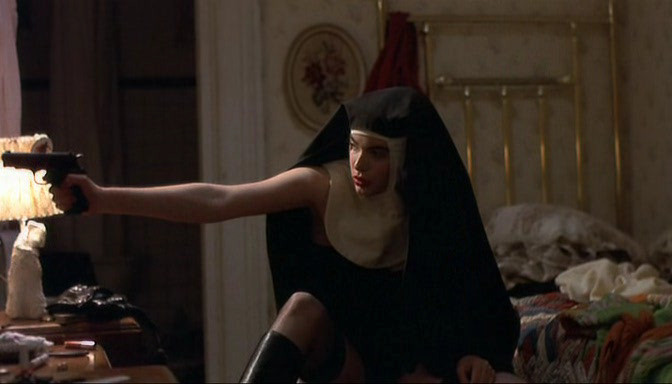
Following the success of the low-budget and very independently made “The Driller Killer”, Ferrara found himself (as many budding directors do with their sophomore feature) with more resources and less time.
Going from a slasher film to femsploitation, he cast the 17-year-old Zoe Lund as the mute, introverted, and timid Thana, a fashion seamstress who is raped twice after leaving work one day, who manages to attack her second assailant and keep his .45 handgun.
After getting such a kick out of this, she decides to take to the streets on a murderous rampage, taking out the likes of aggressive pimps, wealthy chauvinistic businessmen, gang members, and an assortment of other rowdy men, all the while confiding silently to herself that she is justified in her actions. But as revenge films tend to be, she goes too far with her vengeance.
Obviously not a film for humorless anti-feminists, this exploitation film mixes its exaggerated politics with more nuanced and even morally questionable complexity in its individual scenes.
It’s not a serious film and doesn’t have the dramatic weight of Ferrara’s later efforts, but it’s guided by a pretty mesmerizing performance from Lund, who gives one of the great silent performances outside of the silent era. This is one worth watching if you can vibe with the exploitation manner.
14. Go Go Tales (2007)
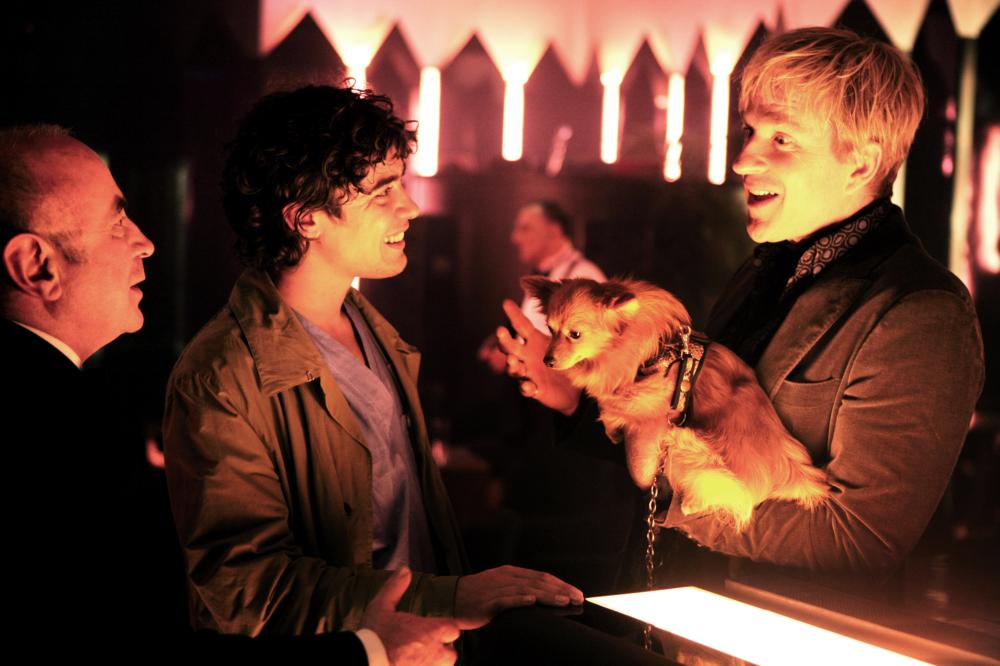
With a poster as raunchy as this one, you’d be mistaken to think this was a sleazy throwaway kind of film, but it actually uses the sleaziness that’s inherent with the strip club setting of this one-setting film to show us the comically disastrous inner workings of one of the many gentlemen’s clubs in Manhattan.
This one, Ray Ruby’s Paradise, is run by Ruby (Willem Dafoe) himself, a businessman who’s perhaps too ambitious to be involved in a strip club, but he loves the people there, the environment, the performances, and perhaps even the work.
He is helped out by his brother, Johnie (Matthew Modine), as well as The Baron (Bob Hoskins), who tries desperately to get people into the club (and keep them there), but there’s the looming presence of Lillian (Sylvia Miles), who wants to reconvert the club if (or when) it becomes unprofitable.
Ferrara described this as his first “intentional comedy” and it’s debatable as to whether it’s his funniest film, but amidst the chaos and disorganization of the club, there is some hilarity to be seen, especially Ray’s penultimate scene when he tries introducing his performers whilst trying almost successfully to subdue his frustrations from flailing out.
The plotline revolving around a lost lottery ticket feels forced, but this film is more enjoyable as a collection of stories taking place in one setting over one night, with the very confident acting from both club-goers and performers making this film go beyond its own sexy surface.
13. China Girl (1987)
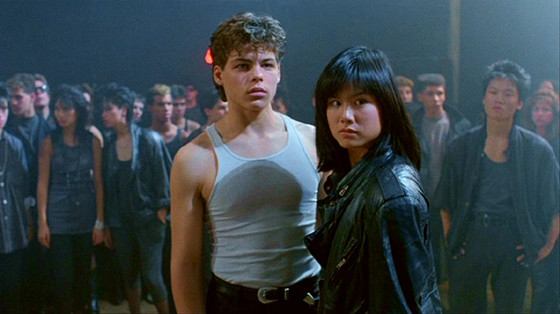
This was at a point in Ferrara’s career when his filmmaking talents were at a more honed and less scattered amateurish level, with more of a muscular handle on the style (more so than on the story). After helming the disappointing commercial hit “Fear City” (1984), he took a short break from movies to direct two episodes of the TV show “Miami Vice”, as well as the pilot episode for “Crime Story”, and returned with “China Girl” with a new wealth of expertise.
Based on Romeo and Juliet (what else?), young Tony (James Russo) develops a relationship with Tye (Sari Chang), though pressure comes on top of them as both of their older brothers begin a gang rivalry that escalates in its conflict and violence, with both gang members disapproving of this blossoming and powerful romance.
Ferrara’s technical skill at establishing mood and creating tension through long passages is first seen here. The thuggish nature of the street kids is exemplified through the hard-lined directorial style, leaning towards a more brutish and slightly more serious tone than Ferrara’s other films (that he would continue with for his next array of crime films).
His technical talents are let down by the lackluster romance plot that’s a real staple in the genre, which is repetitively interwoven with chase/fight scenes, but it’s all elevated a bit by Nicholas St John’s screenplay (a regular collaborator with Ferrara), whose fiery and electric dialogue gives the standard romance (and the standard reactions to it) a much needed jolt.
12. Cat Chaser (1989)
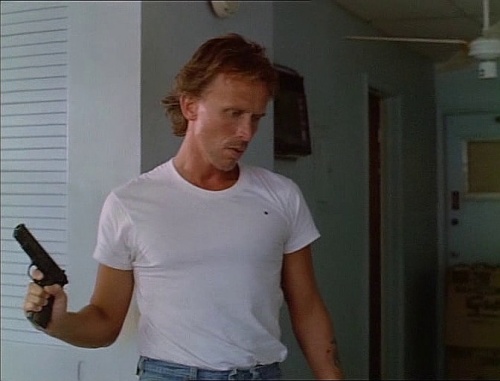
Adapted from the Elmore Leonard novel, this mixes a 70’s style of hard-boiled neo-noir tropes with subtle 80’s aesthetics that’s sure to tickle fans of both decades. It also features a very appropriate cast for its genre, with Peter Weller playing George, a former soldier in the Dominican Civil War who now runs a hotel in Miami and has been chasing a Dominican woman who saved his life ever since.
He ends up wooing Mary (Kelly McGillis) instead and hatches a plan with fellow veteran Nolen (Frederic Forrest), and the slimy yet efficient former policeman Jiggs (Charles Durning) to rip off Mary’s husband for $2 million. It’s a very traditional crime noir tale, one that’s done in an often quaint and unflashy manner, yet it’s made exciting by the cast of actors who do well with their pulpy and characteristic dialogue.
Apparently, Ferrara and Weller were not pleased with the final product, as the 3-hour running time was sliced in half, and they were both against using narration (which was performed by Reni Santoni, not Weller), though it’s a little hard to see why they dismiss the film so much.
“Cat Chaser” moves at a very comfortable pace, with the pleasing and easy-going (yet undoubtedly stylish) mise en scene, making the story easier to digest as it seems each line of dialogue is used to establish the plot.
It’s unfortunate to hear the crew didn’t have the best time making the film (especially as they were clashing a lot of with McGillis, who shaved her head and quit acting after this production), and in the end, no one involved was particularly enthused about what ended up being Ferrara’s least known film (which is saying something).
It’s unfortunate, as it was “Cat Chaser” that, for the first time in his directing career, proved how well he could densely apply a story to a film.
11. 4:44: Last Day on Earth (2011)
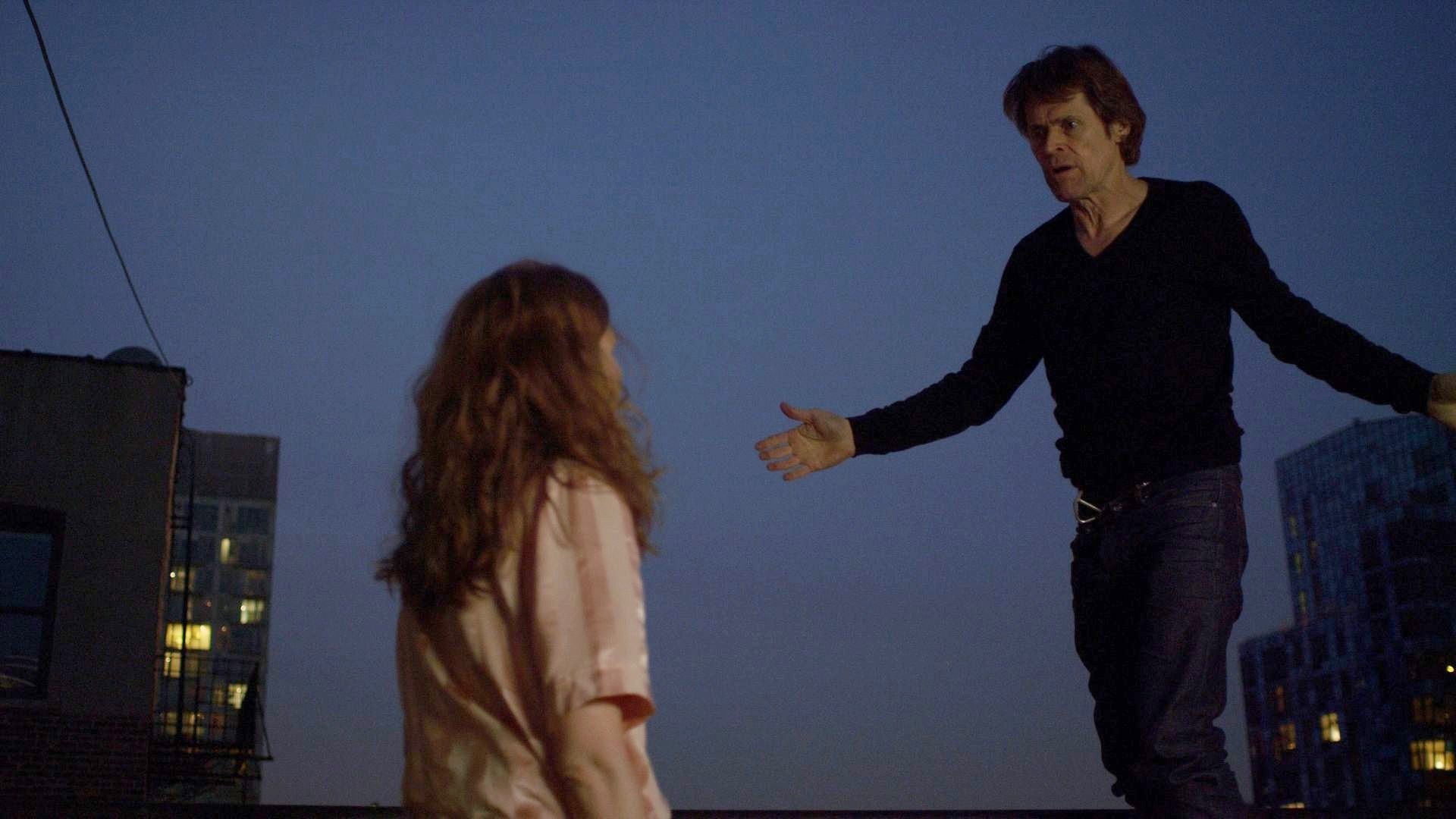
In anticipation of the supposed 2012 end-of-the-world predication (that clearly never materialized), a number of filmmakers crafted visions of a world facing its apocalypse. There’s Roland Emmerich’s bombastic “2012”, but for a much more introspective and low-key vision, Ferrara’s film is about an entire planet awaiting its ultimate demise.
It focuses mostly on Cisco (Willem Dafoe) and Skye (Shannon Leigh, Ferrara’s then girlfriend) as they keep to themselves in their loft and wait for the end in whichever way they can – by creating art, tuning in to online end-of-the-world sermons, sending farewells to loved ones over Skype, ordering Chinese food, and occasionally going outside and collapsing under the anxious existential pressure.
By the time the film has come to a finish, you’ll probably feel like you’re going to die as well. The anxiety is so palpable that it pretty much becomes one of the more uncomfortable films from Ferrara (the acting from the two leads helps with that), but by the time it does come to an end, you’ll feel a sense of relief (again helped by the actors).
Despite this contained single location, there’s still something very wholly universal about this film that seems to encompass all human life on earth, with some worldly montages at the end that are sometimes rather awe-inspiring and life-affirming (and sometimes rather cringey).
Ferrara was in full Buddhist mode when he made this film, which tries to rationalize the concept of a total apocalypse, and although this film is initially laden with gloom and doom, it ends on an affirmative note about the lives that were once present.
10. The Funeral (1996)
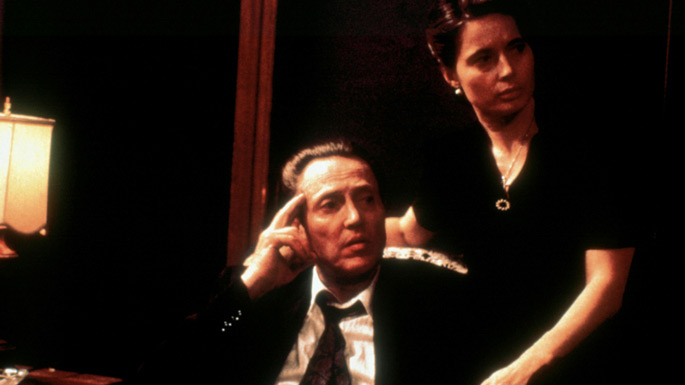
The crime genre was in full swing during the 90s, thanks to the lasting effects of “The Godfather”, as well as the immediate success of “Goodfellas” and “Pulp Fiction”. On a much smaller budget, Ferrara made his own crime story, set in the heyday of the 30s, and produced a more morally inquisitive film than his contemporaries.
“The Funeral” takes on the traditional revenge notion with its use of dual narratives, one showing the aftermath of Jonny’s (Vincent Gallo) murder and the mourning from his family and friends, and the other showing his life and the events leading up to his demise.
This gives us a chance to see his family in two different contexts, one when his older brothers Ray (Christopher Walken) and Chez (Chris Penn) try to manage the rowdy and off-hinged young aspiring gangster, the other showing how his family (especially his brothers) react to his death.
Gallo does well with his character, though it’s the performances of the brothers that make this film so special. Walken has perhaps never given a less eccentric and more sober performance before, and it really shows what a stunning actor he is as he commands the screen with his devastated yet reserved mourning.
Penn is clearly more aggressive, showing someone who, unlike the calculating Ray, is more prone to emotional impulses; Penn picked up the Best Supporting Actor award when this film played at the Venice Film Festival.
This is yet another example of Ferrara letting the acting do the talking, using what is admittedly a conventional crime story to let actors like Walken and Penn take center stage and really show their acting chops. This isn’t one of Ferrara’s more experimental or unpredictable films, but it’s one with a consummate professionalism in its craft (from the screenplay to the acting to editing) that makes it a strong crime film of the 90s.
9. The Driller Killer (1979)
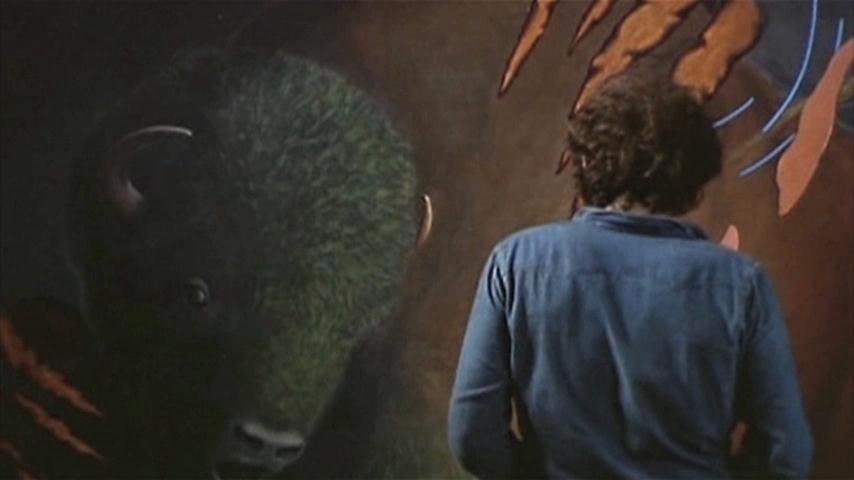
Although he’s now considered a European auteur (though a lewd one at that), Ferrara began his career with the semi-porno “Nine Lives of a Wet Pussy” and then graduated to this nasty little slasher film that ended up with an honored spot on the Video Nasties list in the UK (mostly thanks to a particularly gruesome and eye-catching video cover).
The film is about what it says on the tin; young artist Reno (Jimmy Laine, which is a pseudonym for Abel Ferrara himself) goes around killing people with a cordless power drill. Sounds simple enough, but “The Driller Killer” is just a cut above most other grisly slasher films from its time.
The reason for Reno’s insanity is that he’s been finding it difficult to work on the mural he has been commissioned to paint due to the noisy band that moved in next door to his apartment.
Along with money and girl problems (conveyed through some surreal Bunuel-ian segments), this drives Reno insane and he begins taking out the derelicts of New York with his new cordless power drill, starting off with hobos before moving on to general nightwalkers of the city, and then even those close to him.
“The Driller Killer” is a satisfying drive-in kind of horror movie with some appropriate European influences to enhance its horrific vision, and even boasted the confident and funky acting chops of Ferrara (who unfortunately has not progressed with his acting career as well).